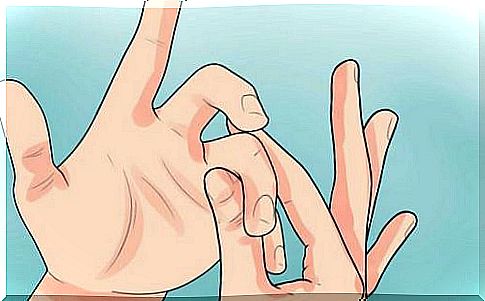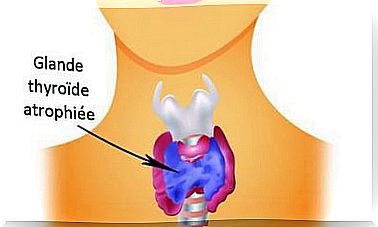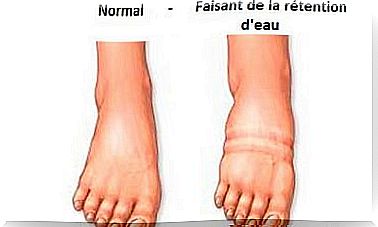5 Facts About Rheumatoid Arthritis You Should Know
Even if it is more common from the age of 60, there are still cases of rheumatoid arthritis that can appear before and not be identified as such.

Rheumatoid arthritis is a chronic disease. It is characterized by inflammation and deformation of the joints and their surrounding tissues.
It is a fairly common disease in adults over the age of 60, although there are special cases where it develops earlier.
It often affects areas such as the knees and hands. However, it can also affect other parts of the body, including certain muscles and fine tissues.
If there is no cause explaining its appearance, it is linked to hereditary factors, wear and tear caused by age and by certain traumas.
The main symptom is pain that varies in intensity and is almost always accompanied by inflammation. It is also accompanied by a feeling of heaviness and difficulty in performing common movements.
Some patients experience improvement over time, while others must seek medical treatment as the condition worsens.
This is why it is essential for everyone to know about rheumatoid arthritis disease, in order to understand its development, its risks and its types of treatments.
Discover them!
1. Rheumatoid arthritis affects one or more joints
Rheumatoid arthritis is a disease that usually affects several joints, including the hands and knees.
In very rare cases, it is found in only one joint. In this case, it develops gradually and over time it spreads to other parts of the body.
However, some arthritis sufferers feel it only on one side, which makes it easier to control the pain.
2. Anyone Can Suffer From It
In general, pain in the joints is related to the wear and tear that we suffer from due to age.
But this pathology is not confined to old age. In fact, children and young adults can develop it.
While it is certain that in most cases it occurs in adults, the possibility of suffering from it much earlier should not be ruled out, especially if you have a family history or lesions.
3. It continues to confuse the scientific community

Although rheumatoid arthritis is relatively common, its development continues to confuse the medical and scientific community around the world.
Indeed, we do not know its exact cause, because there can be many factors related to the wear and tear of the joints.
For experts, however, it is clear that the condition arises when the immune system begins to attack its own tissues, in this case all around the joints.
But it’s not clear why the body has this reaction.
Here are some of the risk factors:
- Genetic
- Hormonal imbalances
- Alcohol and cigarette consumption
- Muscle, joint and bone damage.
- Excessive physical activity
- Physical inactivity
- Obesity
4. The diagnosis is complex
Many illnesses are easy to diagnose because one benefits from clear and definitive tests using the fluids in the body.
But rheumatoid arthritis is a special case and its detection is unfortunately difficult because of the way the symptoms manifest themselves.
In the initial stages, pains are mistaken for mild health problems and many ignore them, believing it to be fatigue.
According to data from the Mayo Clinic, there is no test that can identify this pathology in an individual.
In addition, since many cases progress very gradually, one can spend several years looking for a diagnosis before obtaining a clear one.
Symptom analysis, family history, and x-ray tests are some of the methods used to identify it.
5. There are many types of treatment for rheumatoid arthritis
Even though the disease does not have a definitive cure, there are many ways to overcome and control the strength of the symptoms.
The treatments are designed to control inflammation and pain, and allow affected patients to lead normal lives.
- First, educate the patient through self-monitoring programs and support groups. Indeed, the diagnosis has a strong impact on the emotional state.
- Then, analgesic and anti-inflammatory drugs are prescribed, the effects of which control the pain and the feeling of stiffness.
- In addition, even if the rest is relaxing, it is important to resort to physiotherapy sessions. This helps strengthen and protect the surrounding tissues of the affected joints.
In addition, there are also many natural products that can be used as supplements to relieve symptoms.
Do you think you are suffering from this disease? Faced with any worrying sign, seek medical assistance for an accurate diagnosis.
In the event that you receive a positive diagnosis, it is necessary to change your daily habits to prevent it from affecting your quality of life.
Main image © wikiHow.com









